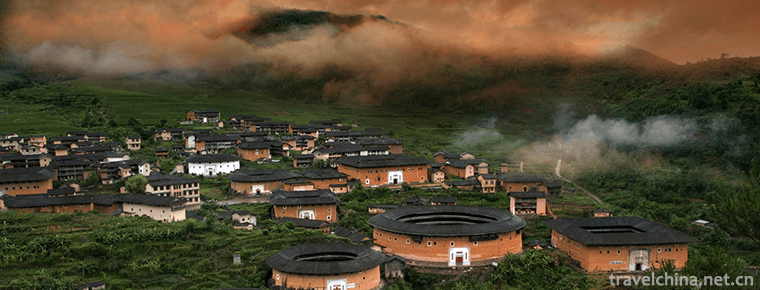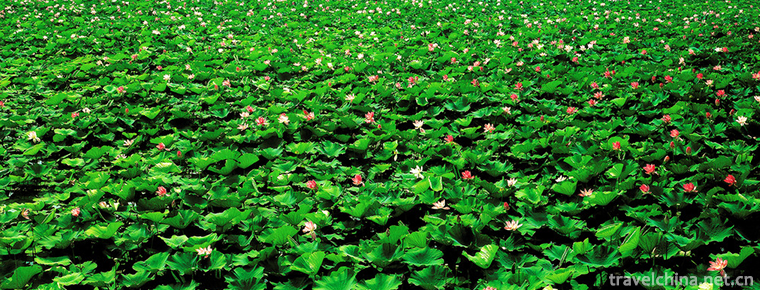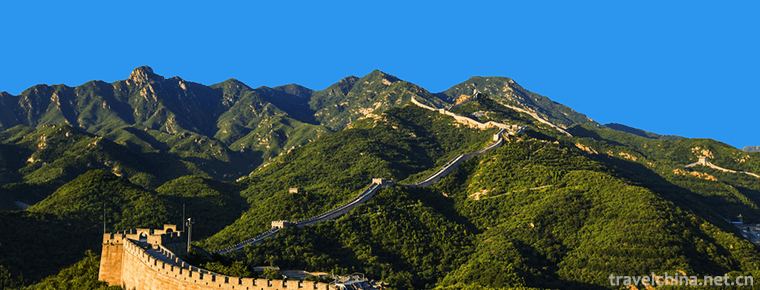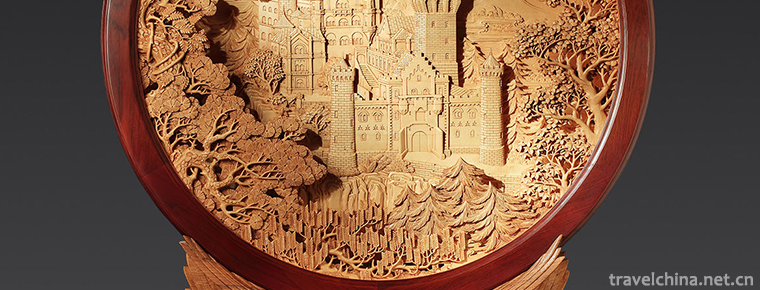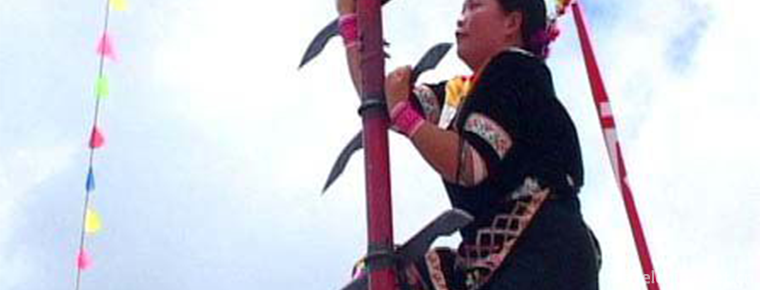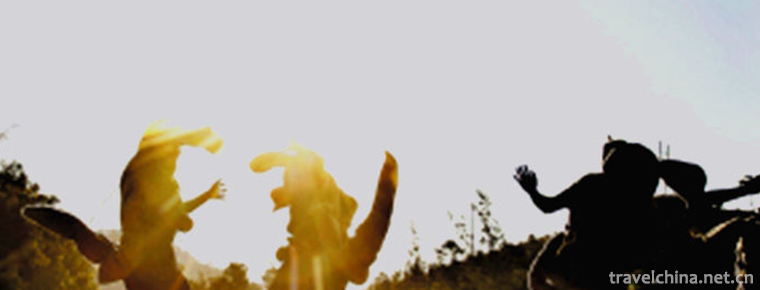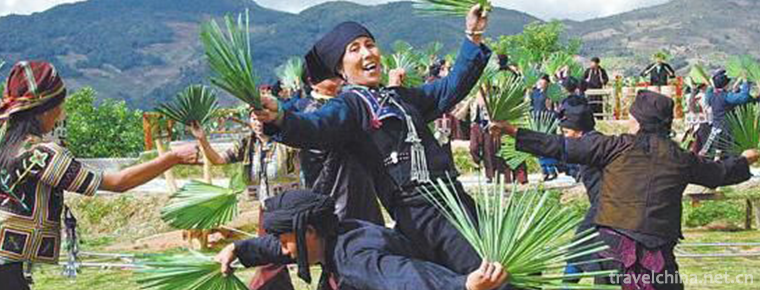Tongcheng Song
Tongcheng Song
Tongcheng Song is a kind of local folk song originating from Tongcheng, Anhui Province. It is a kind of local folk literature in the form of rhyme created by the local working people collectively. At the same time, it is also a comprehensive art that integrates words, songs and performances.
In 2008, Tongcheng Song declared by Tongcheng City of Anhui Province was listed in the second batch of national intangible cultural heritage list with the approval of the State Council. Art serial number: 566 I-79.
historical origin
The origin of Tongcheng Song dates back to the historical period before Tang Dynasty. By the Ming Dynasty, Tongcheng songs began to be compiled and printed into books. In the collection of Ming Dynasty miscellaneous songs, 25 Tongcheng songs were collected. Feng Menglong, a famous writer of the Ming Dynasty, created a special volume of "Tongcheng Shixing Song", which recorded 24 Tongcheng Songs, and called it "the recitation of local slang". Tongcheng Song, a local folk song originated from the hometown of Tongcheng School in Anhui Province, is a kind of folk literature in the form of rhyme written orally by the local working people collectively, and is also a comprehensive art that integrates words, songs and performances. Tongcheng Song is one of the traditional folk songs. The traditional folk literature in Tongcheng area includes "Whipping Luhua, Peacock Flying Southeast, Tongcheng Song, Six-foot Alley Legend, Huizhou Folk Song, Huizhou couplet plaque" and so on. The folk music category includes "Wuhe Folk Song, Dabie Mountain Folk Song in West Anhui, Shouzhou Gong and drum, Jinzhai Ancient Stele String Gong Drum, Fanchang Folk Song, Tongling Niu Song, Guichi Folk Song, Shitai Song, Jiuhua Mountain Buddhist Music, Qianshan ballroom. "Tongcheng Song is the only special cultural phenomenon in the evolution of folk culture to Cifu," said Xidong Daoke, a famous poet of Cifu.
Inheritance and Protection
Tongcheng Song: Tongcheng Cultural Museum undertakes the historic task of intangible cultural heritage: Although "Six-foot Lane" is a folk story, it is a real thing that happened in Tongcheng in the mid-Qing Dynasty, and it is widely circulated. What's wrong with letting a book come only for the wall? The traditional virtues of tolerance and comity have deeply influenced people's ideological, moral and behavioral norms for hundreds of years, and have positive practical significance in building a harmonious society today. In 1956, Sino-Soviet relations deteriorated. When Mao Zedong met Eugene, the former Soviet ambassador to China, he quoted two poems in the story "Six-foot Lane" in which "The Great Wall is still there today, where was the Qin Shihuang in that year". Ten gongs and drums have taken root in Tongcheng since Ming and Qing Dynasties, and this folk music form of blowing has long been popular with local people and is an important folk activity. In the 1990s, we also put it on the stage. We participated in the opening ceremony of the first and second Huangmei Opera Art Festival in Anqing, China. Its artistic value and performance form were well received by the audience and experts. In the rescue and protection of intangible cultural heritage, Tongcheng Song has been effectively rescued and protected.
First, the urgency of protecting Tongcheng Song. The rescue and protection of Tongcheng Song culture belongs to the protection of national folk culture. In 1992, the Ministry of Culture promulgated and implemented the Measures for the Management of Mass Art Museums and Cultural Museums, which clearly defined the collection, collation and protection of national folk cultural and artistic heritage as the task and important function of cultural museums. The 16th National Congress of the Communist Party of China proposed to "support the protection of important cultural heritage and excellent folk arts".
2. Expanding Tongcheng Song Culture. The rescue and protection of intangible cultural heritage - - Tongcheng Song, a working group composed of experts, inheritors and mass cultural workers, finds out the key objects of Tongcheng Song's cultural heritage to be rescued urgently, chooses Tongcheng Song, a local representative folk literature, as the first batch of provincial intangible cultural heritage declaration priorities, organizes a forum, goes deep into remote villages, visits folk artists and palms. We have a lot of precious historical materials. We will carry out various cultural activities with the theme of "applying for heritage" and organize local folk singers to hold concerts of "Tongcheng Song".
Third, establish a long-term mechanism to rescue the intangible cultural heritage of Tongcheng Song. "Protection first, rescue first, rational utilization, inheritance and development" is the policy that must be adhered to in the protection of Tongcheng Song, a intangible cultural heritage. Select a group of competent and enterprising people to specialize in the collection and collation of intangible cultural heritage; pay attention to the protection of inheritors, make friends with folk artists at the grass-roots level, collect data and establish archives, including the establishment of folk artists, objects and related instruments.
4. Overcoming Impetuous Thought. Video, audio and video, pictures and other forms are used to record and carve CD-ROMs for preservation; research seminars on key cultural heritage projects are set up to publish research monographs; exhibition halls are set up to open up cultural heritage networks to attract public participation; teams of folk cultural heritage are trained; funds for intangible cultural heritage protection are established; and young folk songs are emphasized. Hand; Select the positive traditional folk cultural heritage, such as traditional children's songs, folk stories, folk literature as local textbooks into local textbooks.

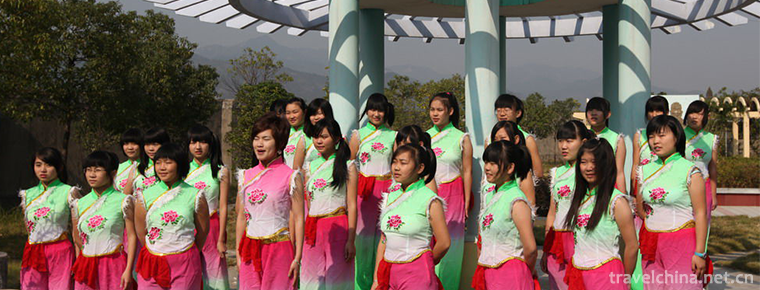
Tongcheng Song
-
Fujian earth building (Fujian Tulou)
Fujian Tulou is also called "Hakka Tulou" because most of it is built by Fujian Hakka people. Tulou came into being in Song and Yuan Dynasty and matured in the late Ming
Views: 200 Time 2018-12-08 -
Wuhan Donghu Scenic Area
Wuhan Donghu Eco-tourism Scenic Area, referred to as Donghu Scenic Area, is located in the central city of Wuhan, Hubei Province. It is a national 5A-level tourist attraction, a demonstration site of
Views: 233 Time 2018-12-12 -
Weishan Lake National Wetland Park
Weishan Lake National Wetland Park, located in the southern part of Weishan County, Jining City, Shandong Province, is less than 3 kilometers away from the urban area.
Views: 225 Time 2019-02-22 -
The Site of the Ancient Great Wall of the Warring States Period
When people mention the Great Wall, they will think of the Great Wall from Shanhaiguan to Jiayuguan. However, in Xilingol League, there are also the ancient Great Wall, which is not as famous as the G
Views: 192 Time 2019-03-09 -
Dongyang wood carving
Dongyang woodcarving, one of the Chinese folk carving arts, is named for its origin in Dongyang, Zhejiang Province. Dongyang woodcarving, together with Qingtian stone carving and Huangyang woodcarving
Views: 283 Time 2019-04-27 -
Kazakhstan 62 Kwohner
Kazakhstan 62 Kwohner 62 Kwohner is Kazakh folk classical music, which means "62 suites". It is a comprehensive art mainly composed of instrumental music, accompanied by folk songs, dances,
Views: 220 Time 2019-05-02 -
Shouning North Road Drama
Shouning North Road Opera, commonly known as Fujian Random Bomb and Hengshao Opera, came into being after Random Bomb entered Fujian in the mid-Qing Dynasty, such opera troupes as road work, off-road
Views: 155 Time 2019-06-15 -
The Lisu Knife and Rod Festival
The Lisu Knife and Rod Festival, which is called "A Tang De" in Lisu language, means "Climbing Dao Festival". It is a traditional festival of Lisu and Yi people living in Lushui Co
Views: 187 Time 2019-06-17 -
Tiger Sheng of Yi Nationality
Tiger Sheng of Yi nationality is a magical traditional dance of Yi nationality. The Yi people worship tigers and take tigers as totems. It has been said since ancient times that tigers are the people
Views: 189 Time 2019-07-12 -
Brown Fan Dance
On the day of the grand Brown fan dance festival, adult men gather in groups on a square with their own delicacies and rice wine every day, and hold a large-scale Brown fan dance activities by arrangi
Views: 398 Time 2019-08-16 -
Dragon elbow mountain
Longcub mountain, also known as yuxu mountain, is located in Longquan Township, northwest of Huili County, Liangshan Yi Autonomous Prefecture, Sichuan Province, China. It is also known as yuxu mountain at the junction of Baiguowan
Views: 359 Time 2020-10-16 -
Ganzi milk dregs
The traditional biscuit snack "Tui" is made of milk dregs and butter. And made from milk dregs. After the milk i
Views: 227 Time 2020-12-06
